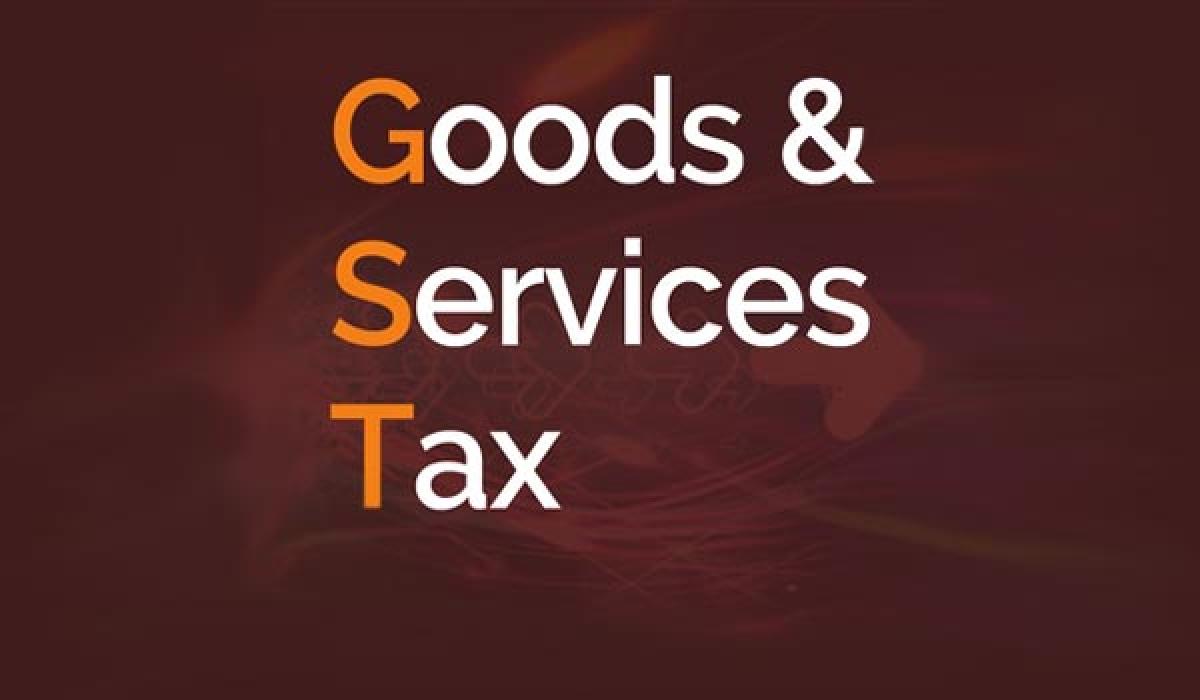Live
- Bridging Indian Literatures Through Translation
- Kartika and Rudra
- Building a creative economy: Reviving heritage, empowering communities
- BJP Leaders Meet TPP Chairman to Address Irregularities in TIDCO Housing Scheme
- Telangana Sets Record in Rice Yield with 15.3 Million Metric Tons
- Spirituality in the leadership
- Actor Kasthuri Shankar Arrested in Hyderabad Over Controversial Remarks
- Tragic Accident in Anantapur: Bride-to-Be Dies in Bike-Tractor Collision
- Are we on the edge of no return?
- Telangana Appoints Dr. Gummadi V. Vennela as Chairperson of TCAB









